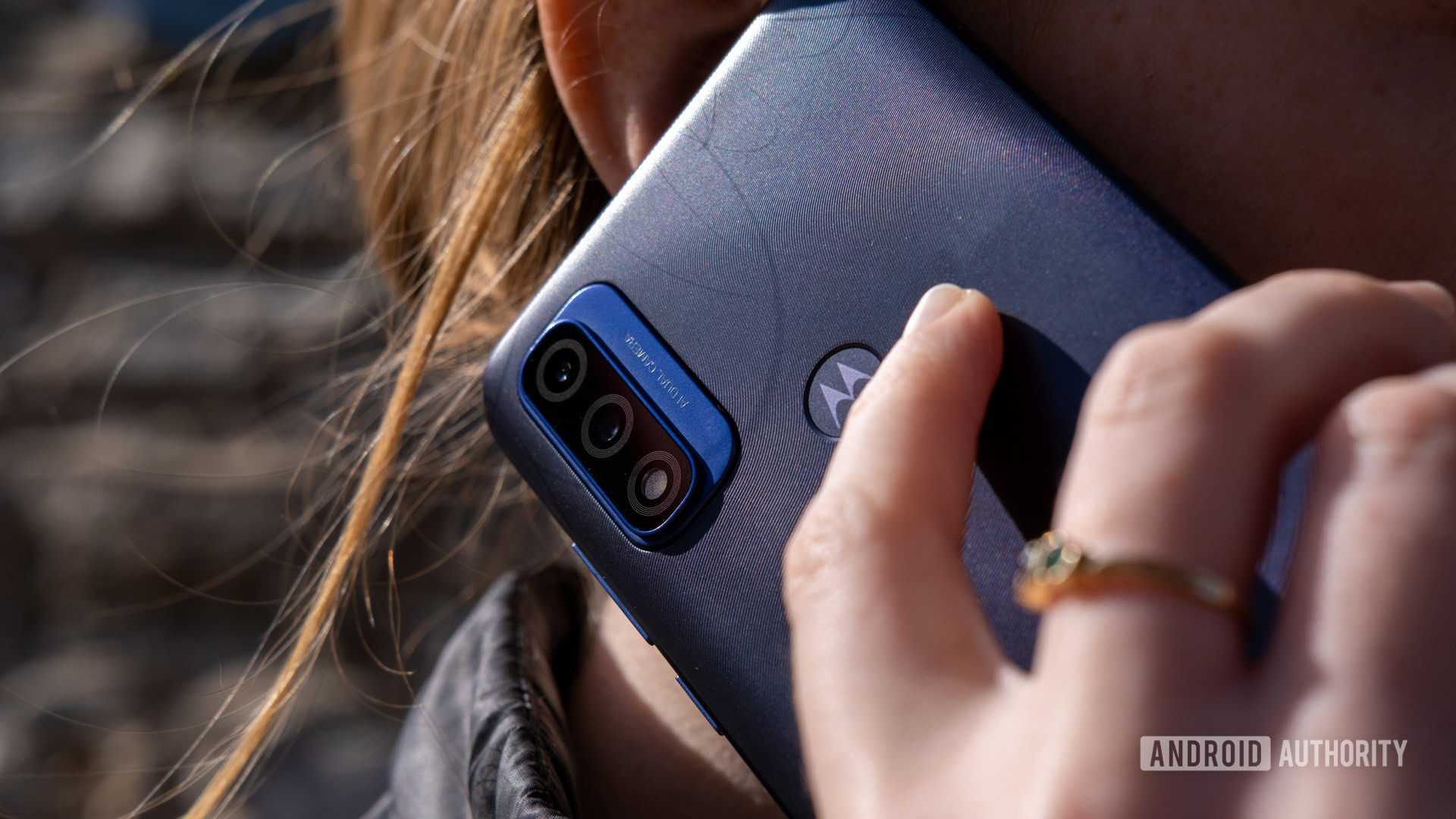Affiliate links on Android Authority may earn us a commission. Learn more.
Motorola could one up its rivals with first 200MP camera phone

- A new rumor suggests Motorola will be the first firm to use Samsung’s 200MP camera sensor.
- Xiaomi may follow suit later in 2022.
- Samsung is tipped to introduce a 200MP camera phone to market in 2023.
Samsung launched its 200MP Isocell HP1 camera sensor back in September without a clear confirmation of which manufacturers may use it in the future. Now, we might have a better idea of which companies could get their hands on it first.
According to tipster Digital Chat Station, Motorola, not Samsung, could be first out the door with a 200MP camera phone. Notably, Ice Universe corroborated these details in a separate tweet.
It’s unclear which Motorola model will get the honor, but the tipster does suggest the teased Moto Edge X will be the first to sport two new OmniVision sensors in the same post.
See also: The best camera phones you can buy
What about Samsung and Xiaomi?
The latest rumors go against initial presumptions that Xiaomi would beat its rivals to the 200MP punch. Early tips suggested that Xiaomi would be the first to use the sensor, but we’ve yet to see a confirmation from the company. Digital Chat Station believes that Xiaomi is still testing the sensor, while Ice Universe understands the company will still launch a device in H2 2022.
As for Samsung, the company may only launch a 200MP camera phone in 2023, per Ice Universe. That’s quite a while away. There’s no telling if Samsung will use the Isocell HP1 or a revision of the sensor in a future phone.
Samsung has been upping the megapixel ante in recent years. But despite the focus on megapixel quantity, it isn’t the only factor that affects a smartphone camera’s performance. In your buying decision, you may want to consider sensor and pixel size, software processing performance, and aperture, among other factors.
